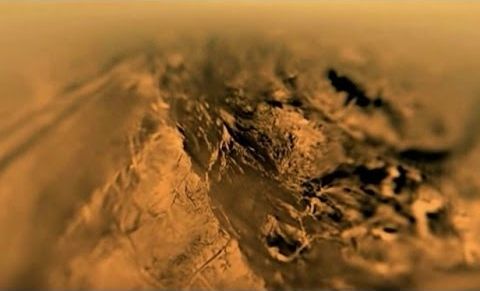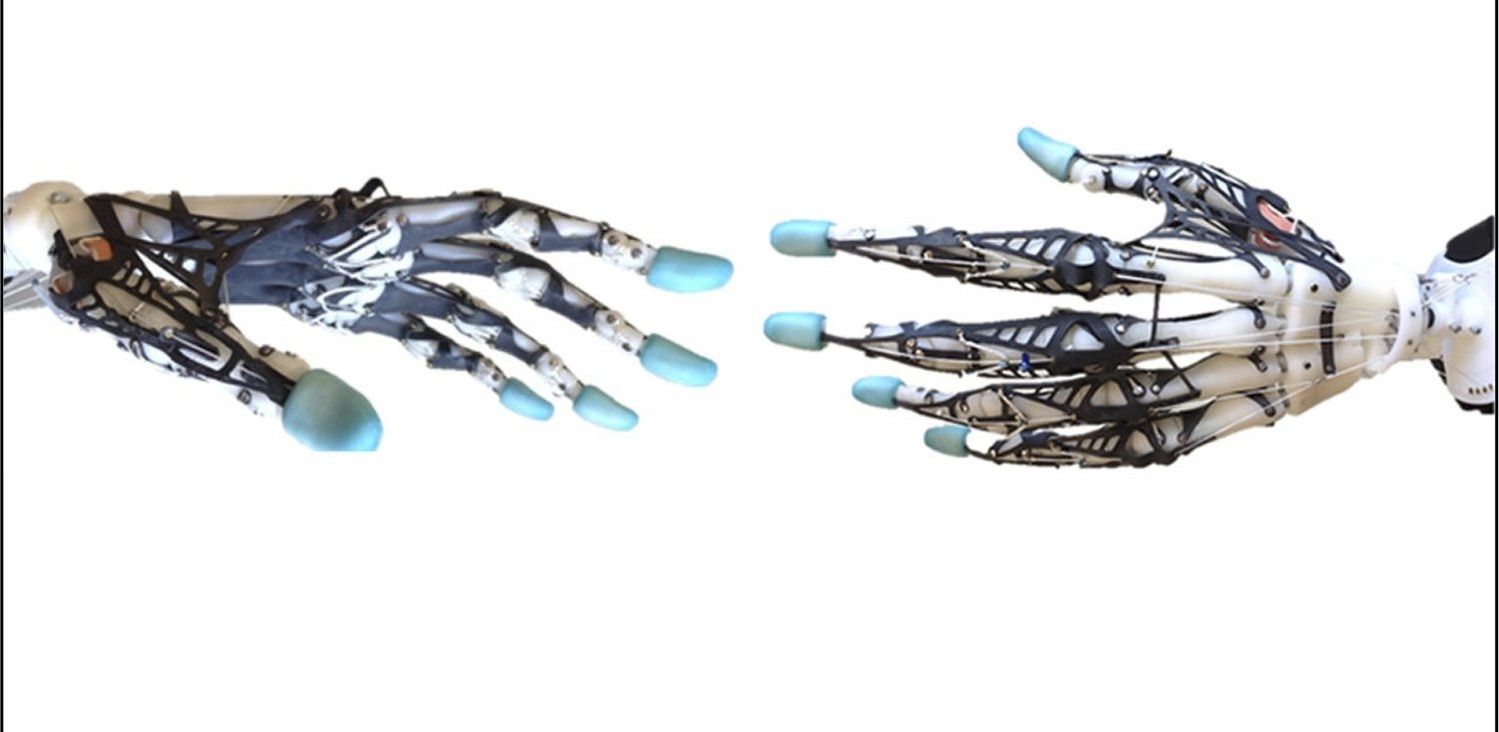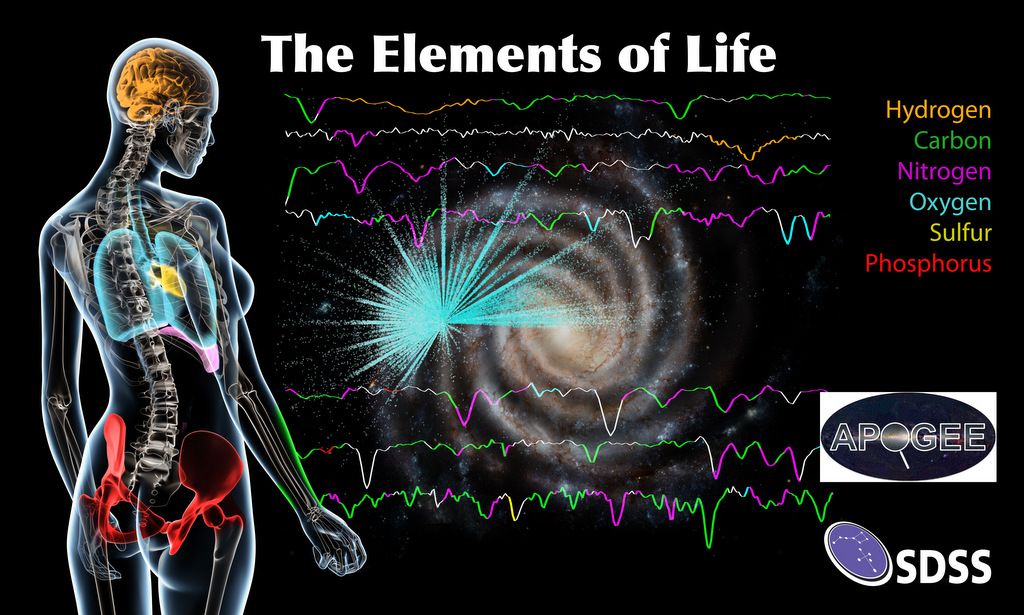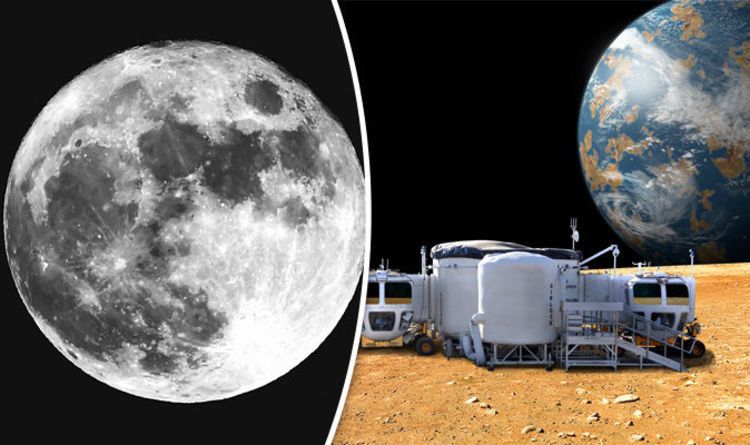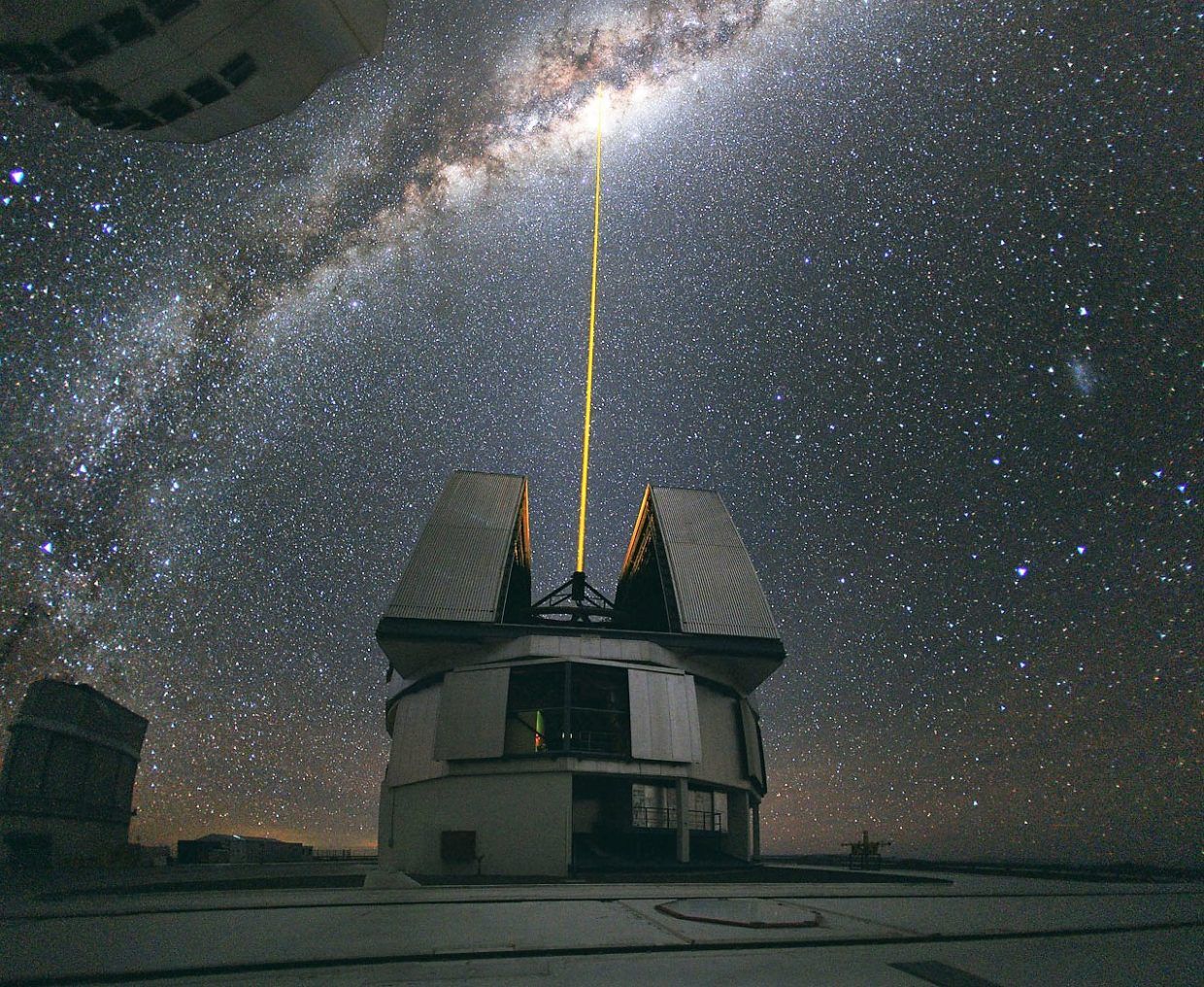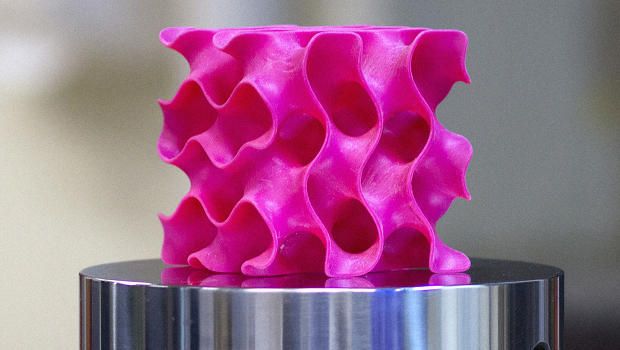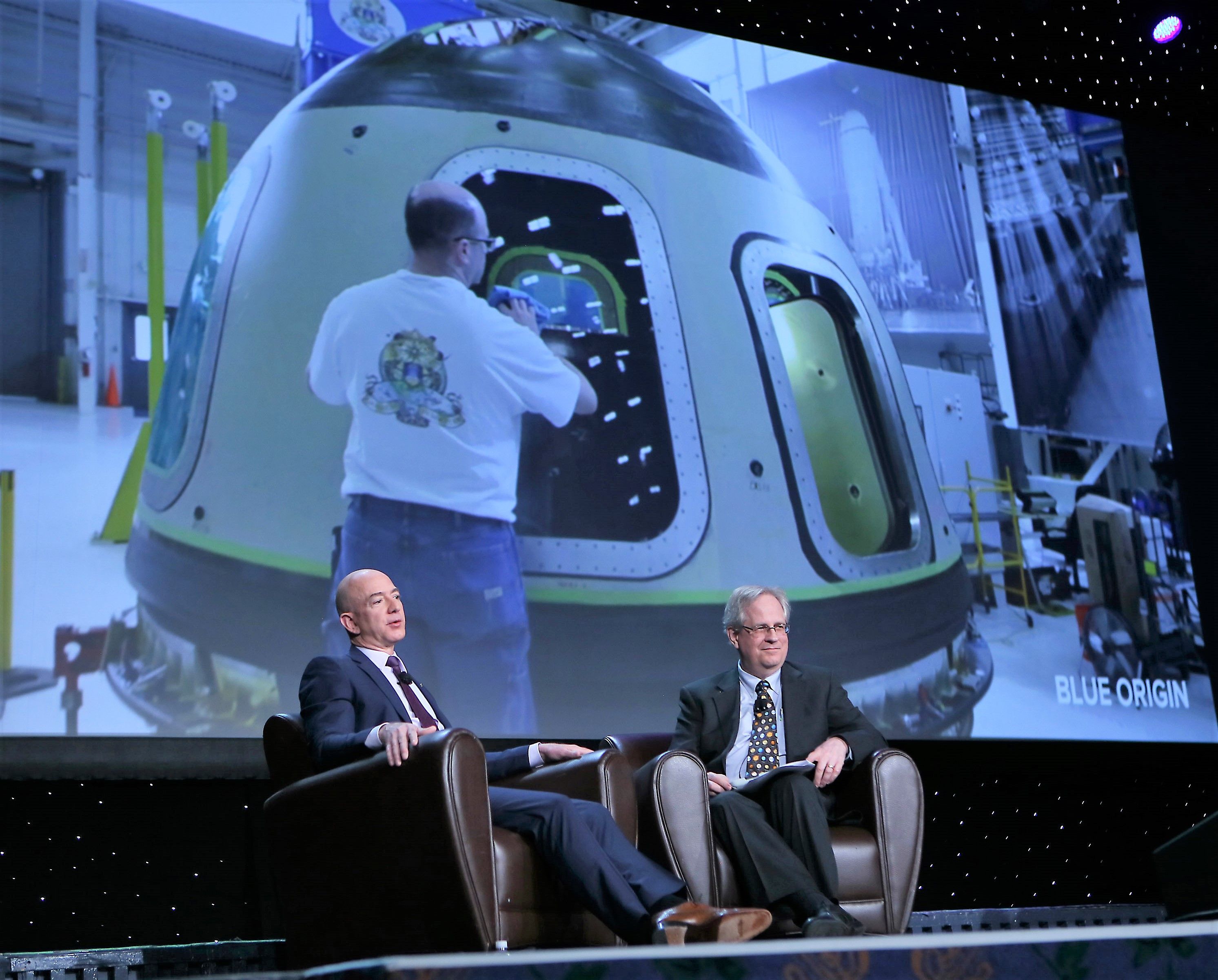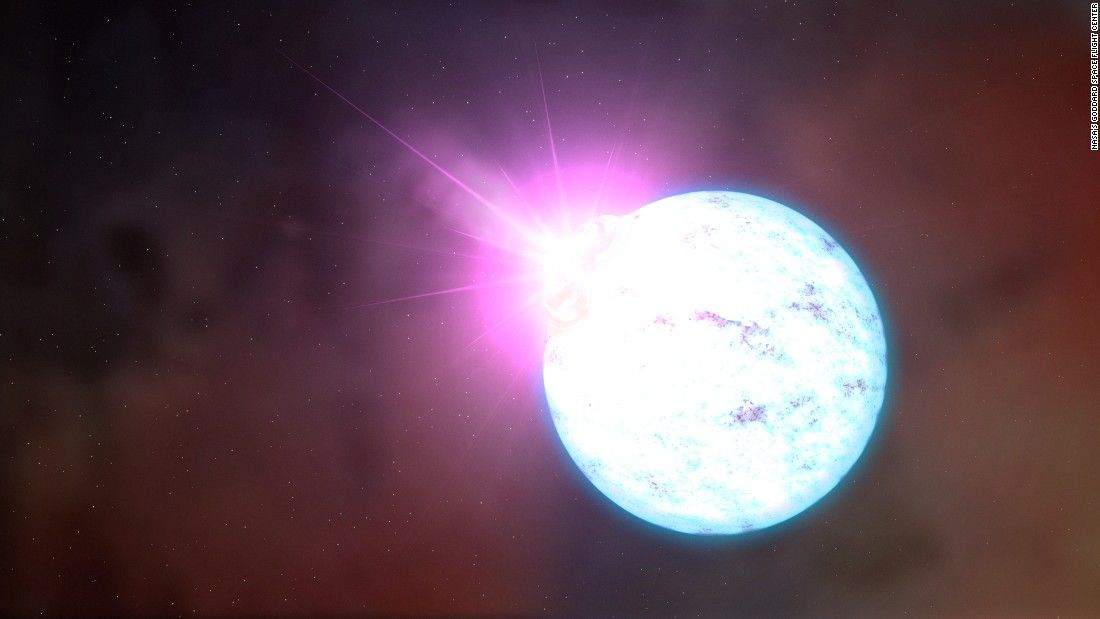If you feel no awe when watching this video, then you are already dead.
On Jan. 14, 2005, ESA’s Huygens probe made its descent to the surface of Saturn’s hazy moon, Titan. Carried to Saturn by NASA’s Cassini spacecraft, Huygens made the most distant landing ever on another world, and the only landing on a body in the outer solar system. This video uses actual images taken by the probe during its two-and-a-half hour fall under its parachutes.
Huygens was a signature achievement of the international Cassini-Huygens mission, which will conclude on Sept. 15, 2017, when Cassini plunges into Saturn’s atmosphere.
For more info, visit https://saturn.jpl.nasa.gov/mission/spacecraft/huygens-probe/
